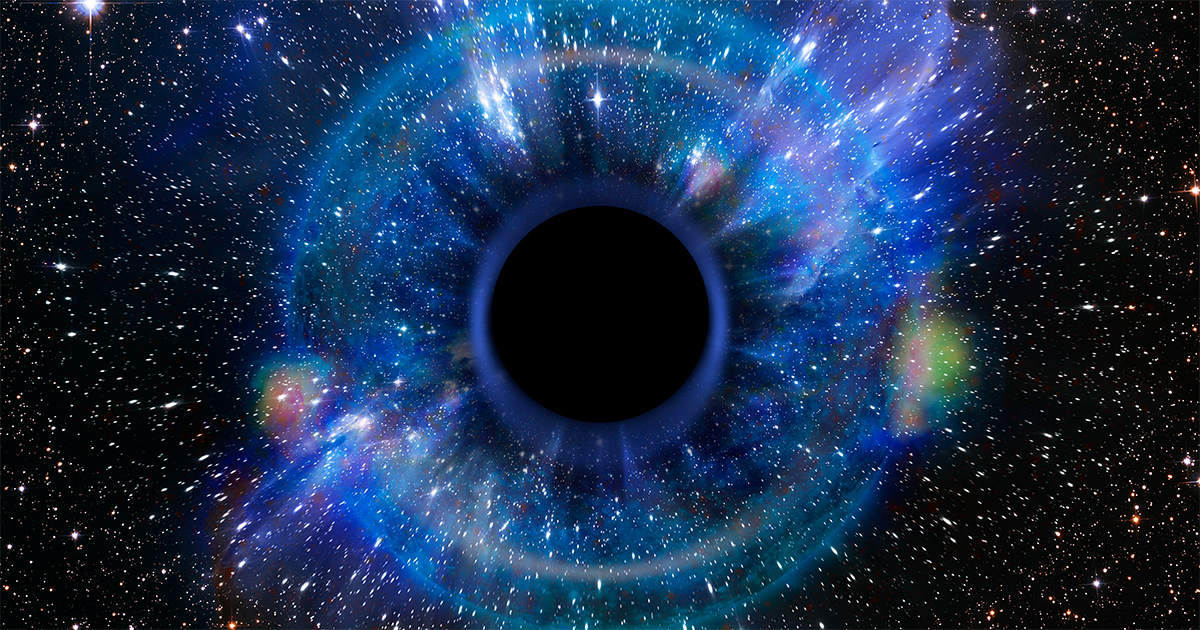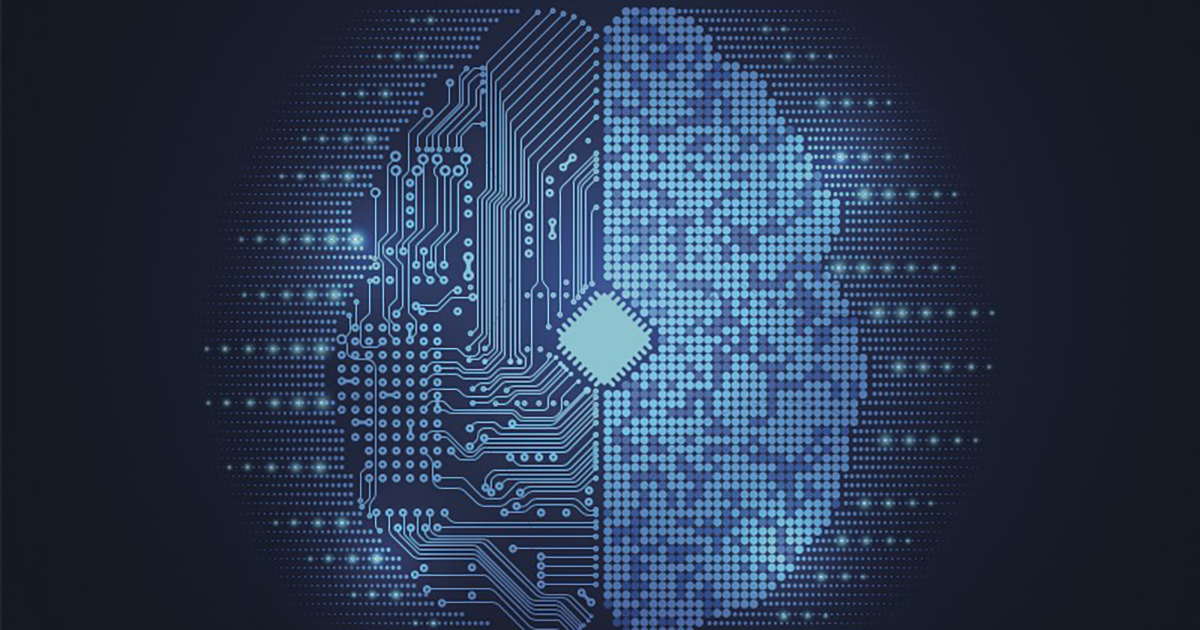
As AI advances into all industries it will eliminate millions of jobs but will generate more employment than it consumes. That general finding from the World Economic Forum last year would seem to hold true for the creative industries too where there’s growing understanding that AI/ML can help talent to their core competency — creativity — faster by speeding up the time-consuming mundane stuff.
According to the World Economic Forum report, the rapid acceleration of automation and economic uncertainty caused by the pandemic will shift the division of labor between humans and machines, causing 85 million jobs to be displaced and 97 million new ones to be created by 2025.
READ MORE: The pandemic is speeding up automation, and 85 million jobs are on the line (CNN)
Many of these are tech jobs requiring skills in artificial intelligence, blockchain, data security and emerging coding languages.
EXPLORING ARTIFICIAL INTELLIGENCE:
With nearly half of all media and media tech companies incorporating Artificial Intelligence into their operations or product lines, AI and machine learning tools are rapidly transforming content creation, delivery and consumption. Find out what you need to know with these essential insights curated from the NAB Amplify archives:
- This Will Be Your 2032: Quantum Sensors, AI With Feeling, and Life Beyond Glass
- Learn How Data, AI and Automation Will Shape Your Future
- Where Are We With AI and ML in M&E?
- How Creativity and Data Are a Match Made in Hollywood/Heaven
- How to Process the Difference Between AI and Machine Learning
Those are all relevant skills to the future of media which is why media organizations better take note of a survey from LinkedIn, which reports that resilience and digital fluency are the skills which are most prized by learning and development professionals.
READ MORE: 2021 Workplace Learning Report (LinkedIn)
Resilience here means the ability to adapt to rapid-fire change — a clear consequence of the pandemic. Digital fluency is means having the technology skills to effectively operate in an increasingly digital world. It includes everything from understanding how to use communicate with video to advanced artificial intelligence.
This trend is global. Resilience and digital fluency landed the #1 or #2 spots across every country LinkedIn surveyed, including the US and Canada, France, Australia, Southeast Asia, and India.
Companies and governments are stepping up to the plate to retrain millions of their staff for the digital economy. As cited in the report: JPMorgan Chase added $350 million to its existing $250 million plan to upskill its workforce. Amazon is investing over $700 million to provide upskilling training to their employees. PwC is spending $3 billion to upskill all of its 275,000 employees over the next three to four years; Microsoft (LinkedIn’s parent company) said it would upskill 25 million people with LinkedIn Learning programs.
“The goal is not to replace the animator but to get it to the point where the animator can bring it to the next level. AI has a lot of potential to help express our creative potential by simplifying a lot of frustrating tasks and accelerating work and enabling artists to get that aha! moment as quickly as possible.”
— Roy C. Anthony, DNEG
AI/ML has entered media and entertainment to automate speech to text captioning or to analyze and reduce the cost of storage. Algorithms are also thought foundational for next-gen video compression schemes.
On the creative side, AI tool-sets such as Adobe Sensei are already helping creatives speed the process of video assembly. Colourlab Ai can quickly match footage to take the pain out of the more laborious aspects of grading allows colorists to then make the most of their time by focusing it on the more creative aspects of the task.
Other AI’s can assist in performing a lot of the routine work of visual effects. Researchers at the University of Toronto have built an AI that uses audio as an input to drive character animation for multiple languages.
“The goal is not to replace the animator but to get it to the point where the animator can bring it to the next level,” argues DNEG’s global head of research Roy C. Anthony. “AI has a lot of potential to help express our creative potential by simplifying a lot of frustrating tasks and accelerating work and enabling artists to get that aha! moment as quickly as possible.”
READ MORE: Interview: Roy C. Anthony, DNEG (IBC 365)
A 2020 study by London Research found that content creators only spend about 48% of their time actually creating content, with the rest being spent on administrative tasks associated with content creation.
READ MORE: The State of Universal Content Management 2020 (London Research)
Marketing and creative teams in particular could benefit from using creative automation tools to overcome time-consuming, low-value tasks — whether it is tweaking banner ads, making small changes to campaign videos, or editing the copy on a Google ad.
“If it’s used for data driven content, it opens new possibilities in terms of creative outputs,” brand and visual designer Pamela Giani tells Creative Review.
“Imagine you want to create 15,000 videos based on real-time data and publish them online on different platforms. That is just impossible to achieve without automation.”
READ MORE: How automation could help make you a better creative (Creative Review)
She continues, “I think automation can be great to allow us to spend more time on creative thinking and skip the manual and low skill-based tasks. Because humans make mistakes, I think machines allow for a higher level of consistency and quality.”
Her company, Monzo, won’t be the only one exploring the potential benefits, as well as the downsides, of automation.
It seems that introduction of an AI is best run in parallel with upgrading the digital skills of the workforce. If that happens, there could be a huge upside in greater human attention on creating stuff.





Discussion
Responses (1)